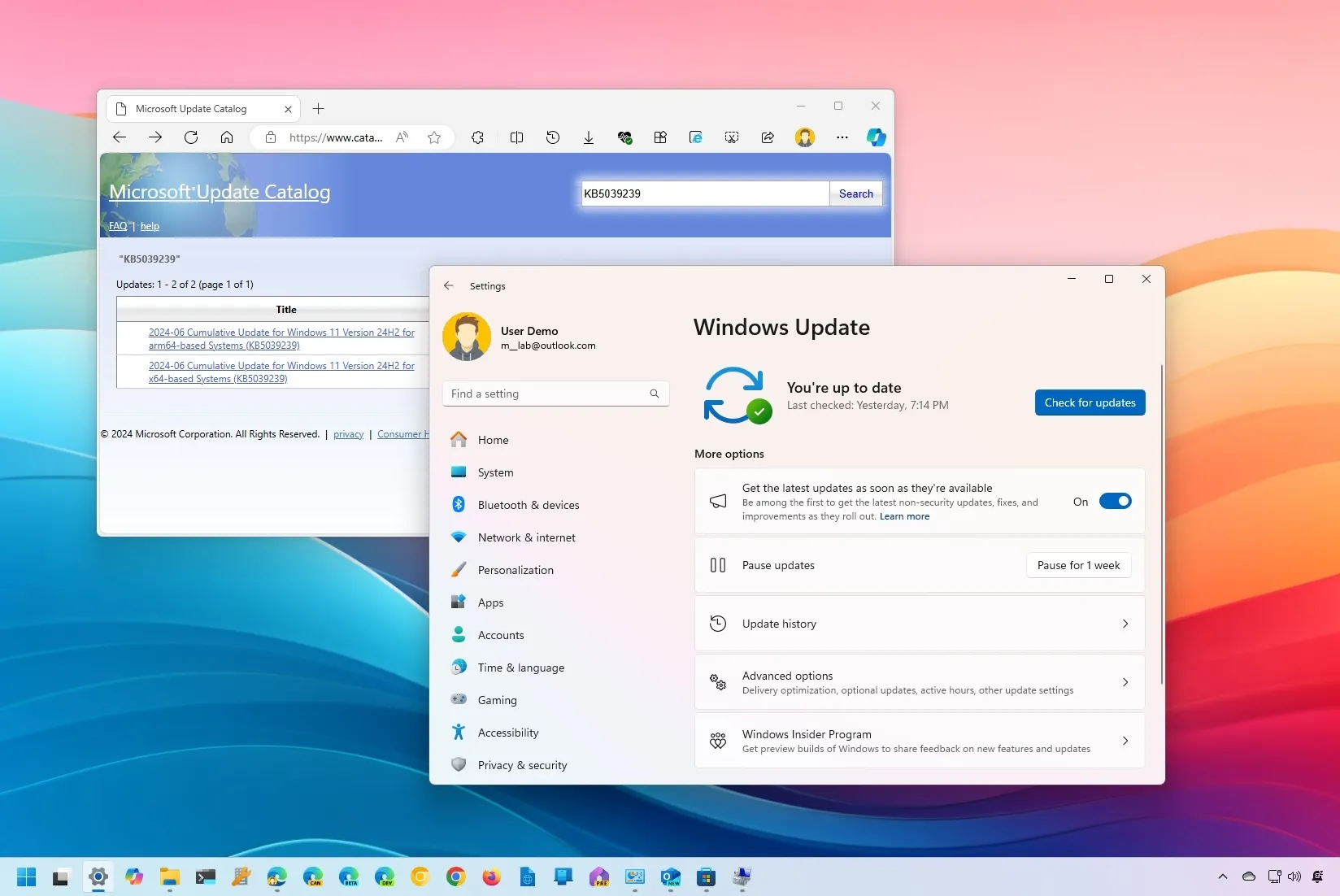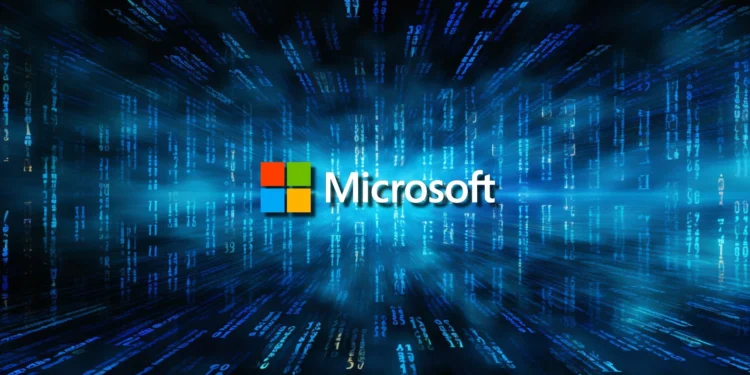The digital landscape is continuously evolving, and with it, the strategies to maintain system security must evolve too. Microsoft, a global leader in software innovation, is taking bold steps to redefine security protocols by planning to shift its security software away from the Windows kernel. This strategic move is seen as a proactive measure to enhance the resilience of the operating system and ensure robust protection for users against potential threats.

The Catalyst: CrowdStrike’s Update Mishap
The urgency for this transformation was triggered by an incident involving CrowdStrike, a prominent player in the cybersecurity arena. A flawed update from CrowdStrike’s Falcon Sensor security software resulted in significant disruptions across the Windows ecosystem, affecting millions of PCs worldwide. This event not only highlighted vulnerabilities in the current security setup but also sparked a comprehensive reassessment of Windows security frameworks.
In the wake of the incident, Microsoft took immediate actions to assist affected systems and promptly initiated discussions on fortifying Windows security. The aftermath of the CrowdStrike update mishap was not just about recovery; it became a pivotal moment for Microsoft to accelerate its security innovations.

Strengthening Ties at the Windows Endpoint Security Ecosystem Summit
On September 10, Microsoft took a collaborative approach by hosting the Windows Endpoint Security Ecosystem Summit. This gathering was a melting pot of ideas, featuring endpoint security vendors and government officials from the US and Europe. Although the summit did not conclude with formal decisions, it fostered a consensus on several key points crucial for future security enhancements.
One of the significant takeaways from the summit was the shared understanding that the diversity of security products is beneficial for the Windows ecosystem. This diversity not only fosters innovation but also ensures a broad spectrum of security measures that can cater to different user needs.

Microsoft’s Strategic Roadmap
During the summit, Microsoft detailed its strategy for managing security through its Safe Deployment Practices (SDP). The company emphasized its commitment to gradual, staged deployment of updates, which allows for better management of new software rollouts and quick remediation of any issues that arise.
Furthermore, Microsoft and summit participants discussed the development of new platform capabilities designed to move security operations out of the kernel mode. This initiative isn’t novel, as similar efforts were seen with Windows Vista. However, the current climate shows a more favorable reception from vendors and regulators, which could pave the way for successful implementation this time around.
Microsoft is fully committed to collaborating with its partners to design a new security platform that addresses the myriad needs expressed by vendors, including enhanced performance and anti-tampering features. This ongoing project is not just about technological upgrades but also about building a reliable ecosystem where security is paramount yet non-intrusive.

As Microsoft charts this ambitious course towards a more secure Windows environment, it encourages users and IT professionals to adopt the vendor-neutral best practices it has shared. These guidelines are designed to safeguard systems and ensure smooth operations during the transition to the new security framework.
In conclusion, Microsoft’s initiative to move security functions out of the Windows kernel marks a significant shift towards a more secure and resilient digital environment. This move not only reflects Microsoft’s adaptive strategies in response to emerging challenges but also underscores its dedication to maintaining the trust and safety of its vast user base around the globe. As the landscape of cybersecurity threats grows more complex, Microsoft’s forward-thinking approach will be crucial in shaping the future of digital security.










